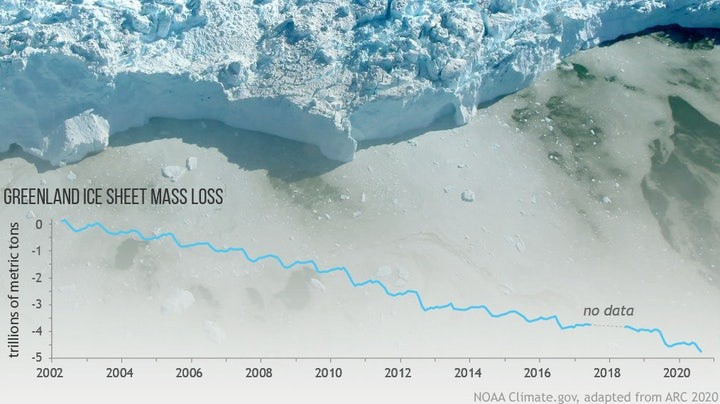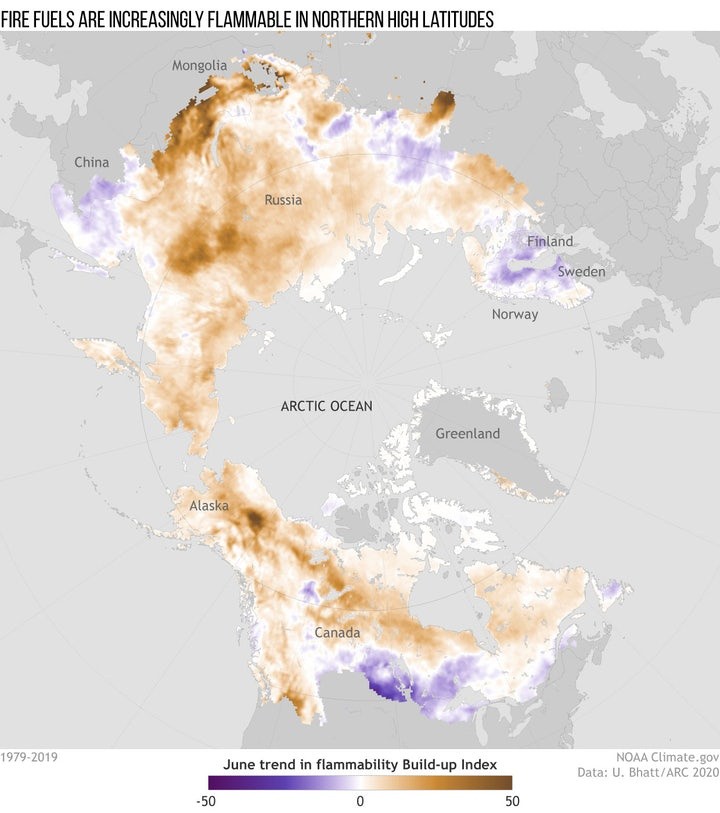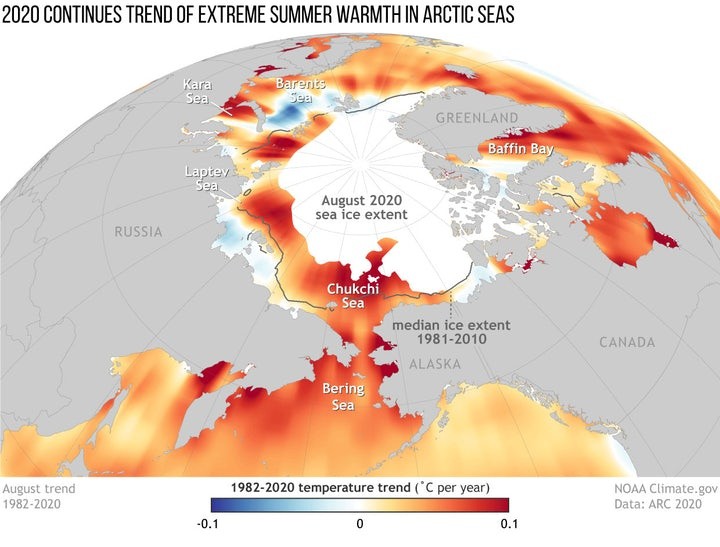
Since more and more people and organizations, advocate and spread awareness regarding the dreadful risks of global warming and climate change, the arctic's dire troubling state is close to being general knowledge by now. The Arctic is in big trouble.
Despite the overwhelming evidence, there are still those who do not believe in what's happening to the northern regions and how such things might affect the entire world.
Fortunately, the NOAA (National Oceanic and Atmospheric Administration) has compiled a plethora of graphics that present proof of the terrible situation.
Here are 5 of the most important infographics that show the critical condition of the region.
In a related news: 'What can be Found in the Ocean': Pink Undies, Double Mattress, Christmas Tree and More
Dwindling of Land Ice Numbers

If the worst-case scenario ever happens, when Greenland's ice blanket completely melts, the global sea level would rise by an alarming 7 meters (24 feet).
No, the ice in the area would not just vanish within the blink of an eye. It won't even budge for the next 24 hours or even the next couple of decades. However, recent global happenings in the status quo are creating a terrifying future.
Due to the rising global temperature and the natural heatwaves that seems to get hotter and hotter every year, the ice in the arctic regions is melting at a staggering rate.
Losing Sea Ice

The rapid melting of arctic sea ice is a clear indicator of the severe global changes that show the planet's dangerously rising internal temperature.
The graphs indicate the slow accumulation yet rapidly fast melting of sea ice. It also shows the reduction of sea ice production.
Although the loss has slowed over the past decade, it is still not enough to recover the natural rate of the natural accumulation of sea ice.
"Younger" Ice

The Arctic region, and the planet, is losing a significant amount of older ice over the past 20 years. The age of the ice can be easily determined based on the thickness and durability of the ice mass.
A few decades ago, in a report by NOAA, the waters of the Arctic were dominated mostly by old sea ice. However, as time passed and human activities affected the climate spread, these hulking pieces of ice seemed to have been replaced by smaller and more brittle chunks floating in the ocean.
Increasing Flammability

The concern should not be only on the melting ice caps. Still, the opposite should also be given attention to as it contributes the same amount of severity when showing the severity of climate change's impacts on the arctic.
Areas in the arctic regions are getting more and more flammable as the increasing internal temperature of the planet made fire fuels, organic matter, and trees susceptible to ignition.
Rising Ocean Temperature

Oceanic warming can lead to major problems of all sorts for the region. Rising heat levels can cause significantly drastic changes in the arctic. The hotter the water gets, the less ice the area will have. More scalding water also means that the freezing season will be delayed, which means all the inhabitants of the area's natural way of life will be affected.
READ NEXT: 2020 Scary Nature Stories that Came Right Out of People's Nightmares
© 2025 NatureWorldNews.com All rights reserved. Do not reproduce without permission.





